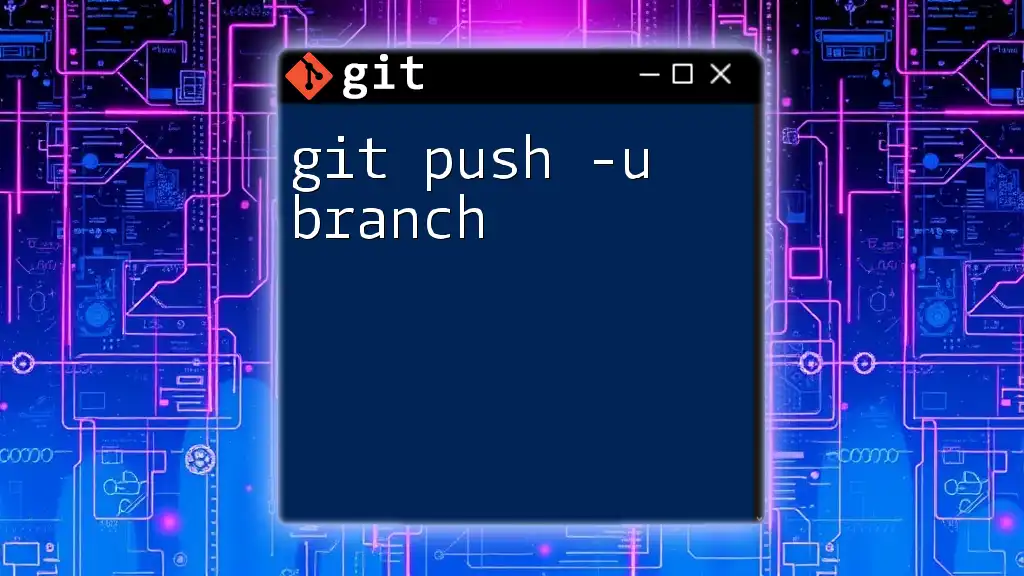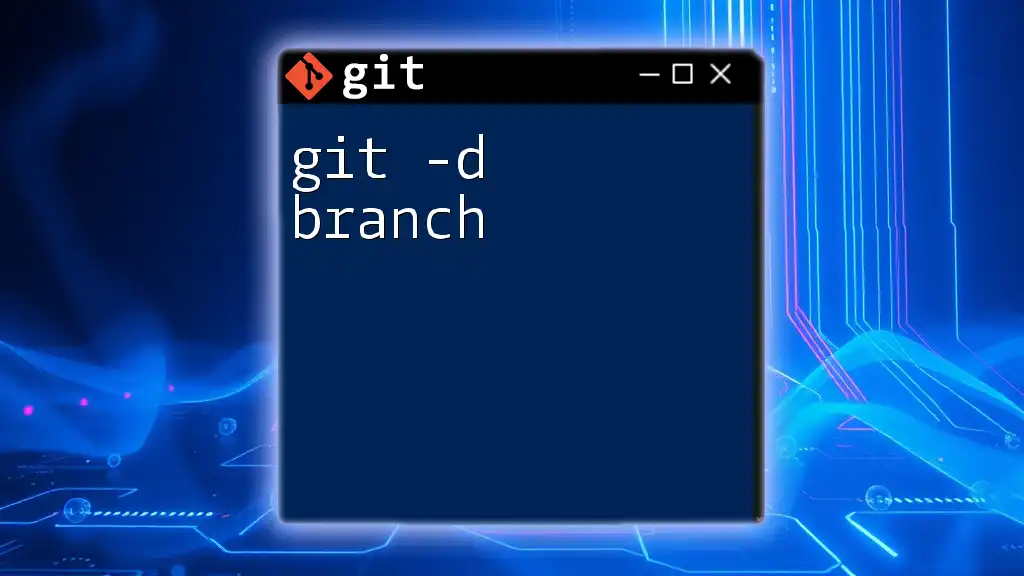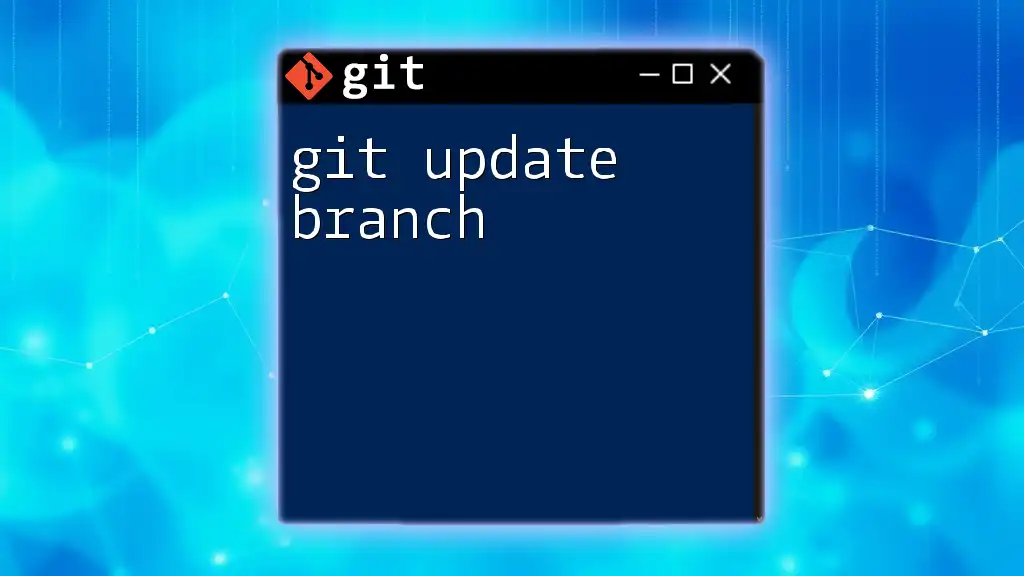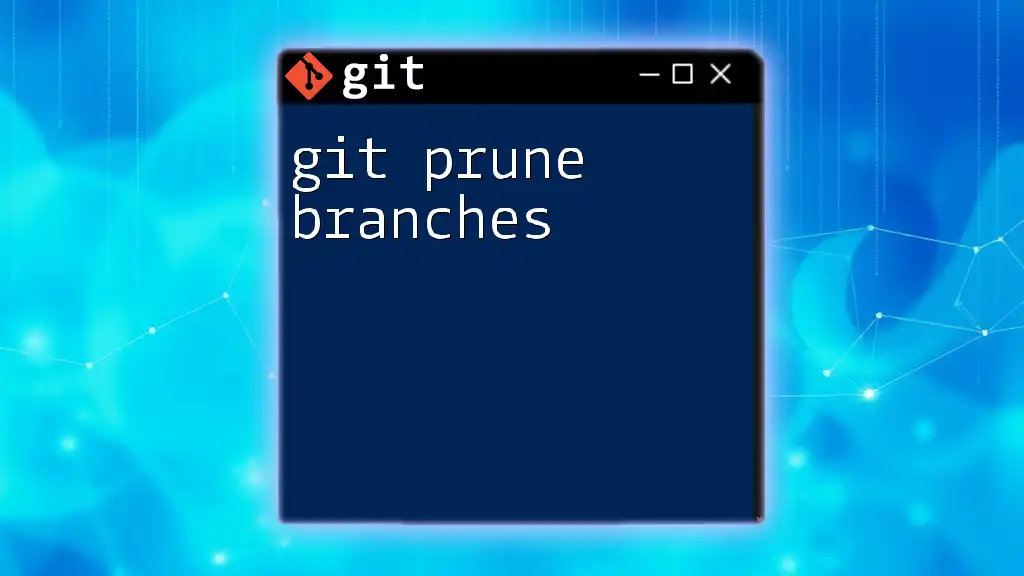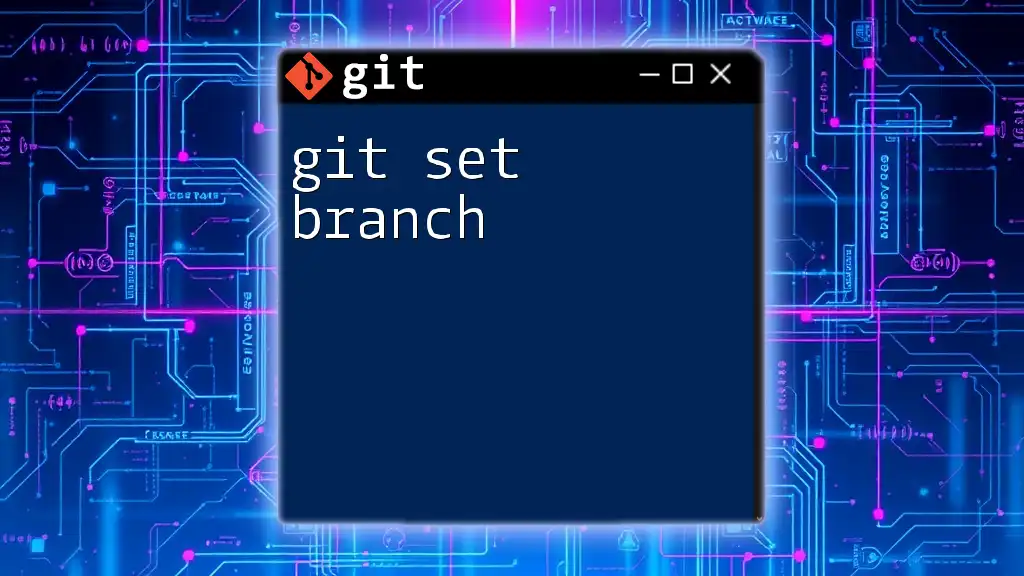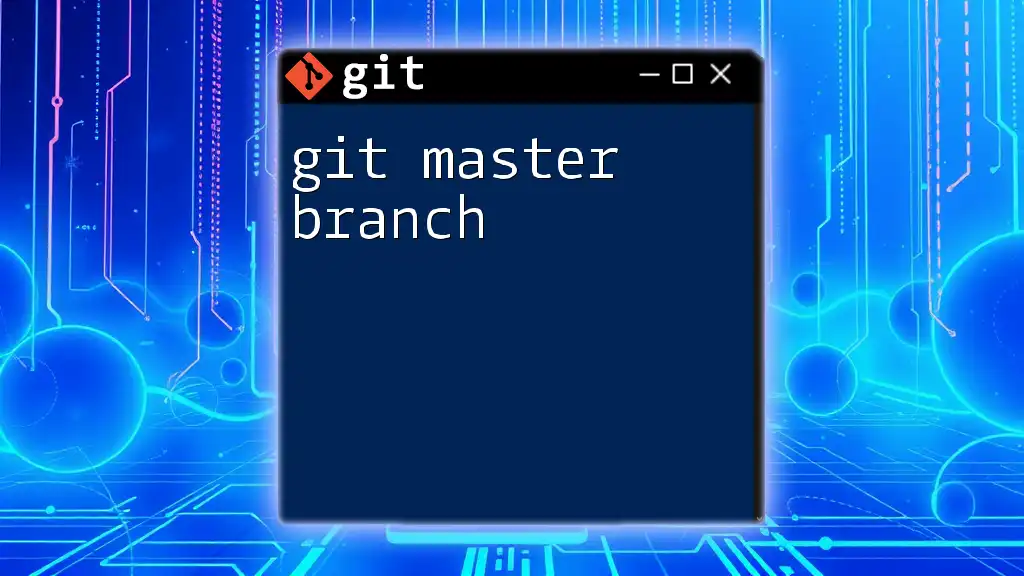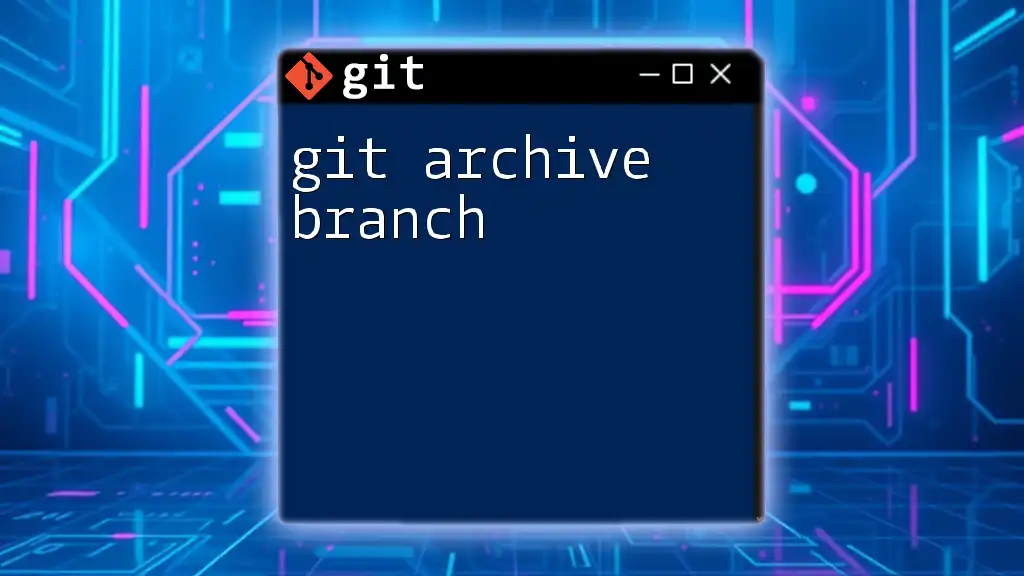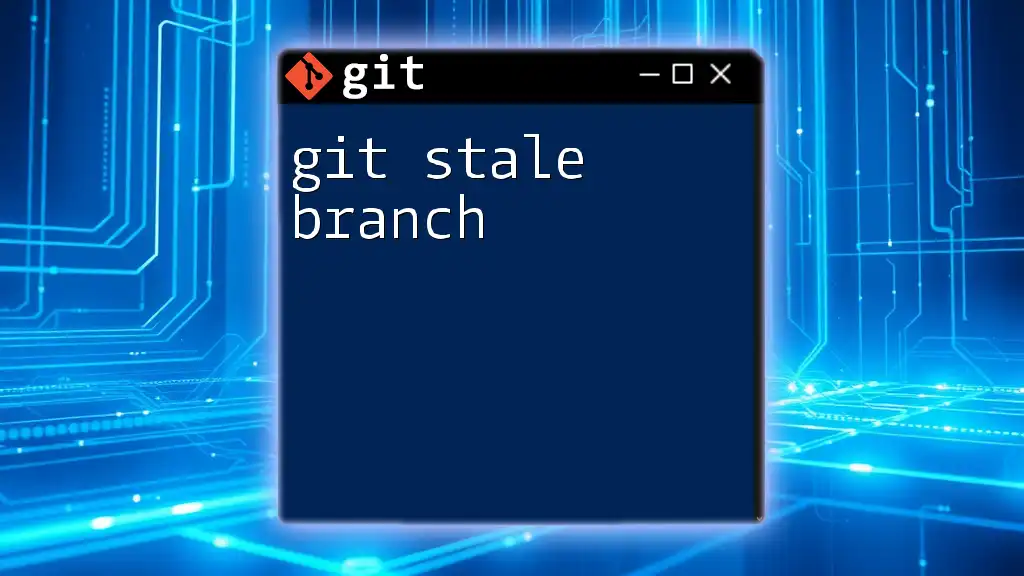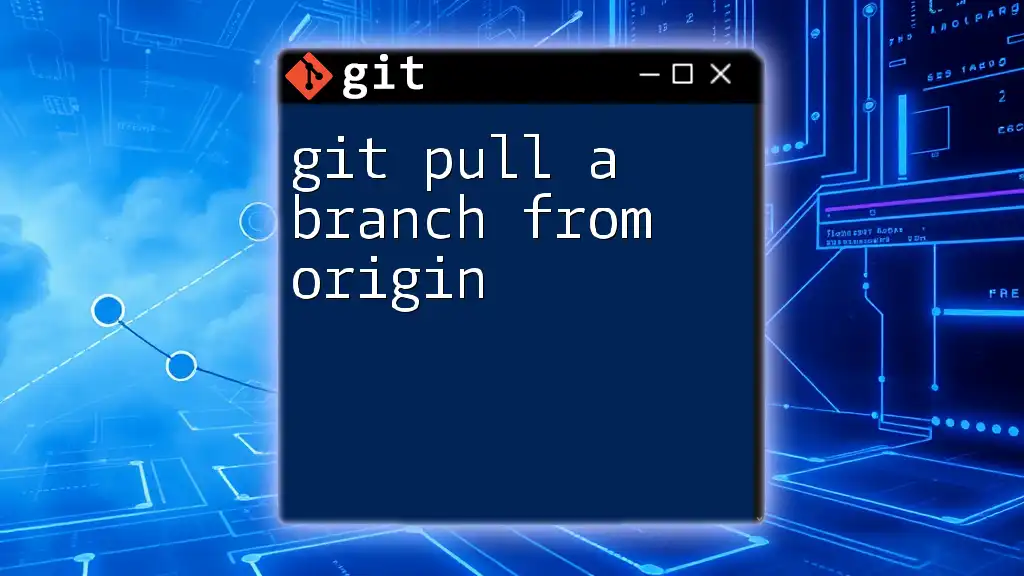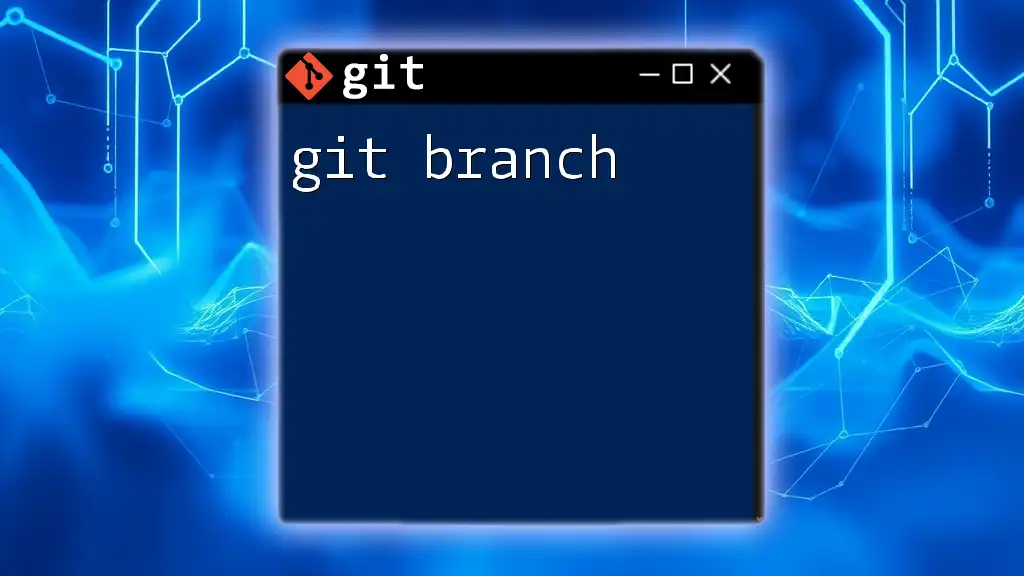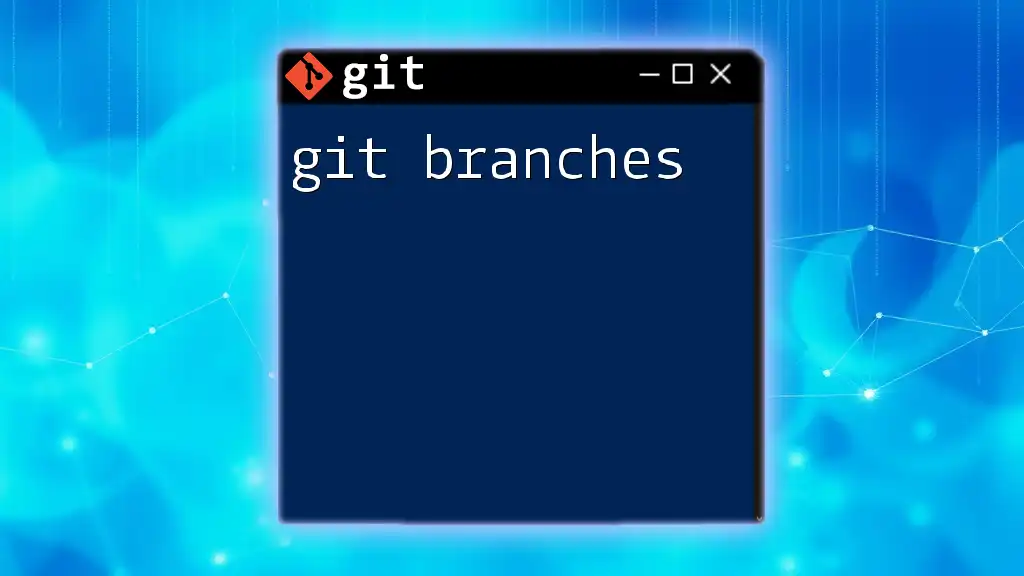The `git push -u branch` command pushes your local changes to the specified remote branch and sets it as the default upstream branch for future pushes and pulls.
git push -u origin your-branch-name
What Does `git push -u branch` Do?
The command `git push -u branch` is a powerful tool in the Git arsenal, designed to streamline your workflow when working with remote repositories. Let's break down the command structure:
- `git`: This specifies that you are using the Git version control system.
- `push`: This command is responsible for uploading local changes from your repository to a specified remote repository.
- `-u`: This option (short for `--set-upstream`) sets the upstream tracking relationship between your local branch and the remote branch.
- `branch`: This refers to the branch name that you will push to the remote repository.
Understanding this command is essential for effective collaboration and efficient workflow management within projects, especially when working with remote repositories like GitHub or GitLab.

Setting the Stage
Prerequisites
Before diving into the usage of `git push -u branch`, ensure you have a basic understanding of Git concepts, including repositories, branches, and commits. Additionally:
- Install Git on your local machine.
- Have access to a remote repository (e.g., GitHub, GitLab, Bitbucket).
Creating a Git Repository
To begin working with Git, you first need to initialize a repository. This can be accomplished with:
git init
This command sets up a new Git repository in your current directory, allowing you to begin tracking changes.
Creating and Switching Branches
Once your repository is initialized, you can create and switch to a new branch. For example:
git checkout -b new-feature
This command creates a branch called `new-feature` and switches your working directory to that branch, allowing you to begin making changes without affecting the main branch.
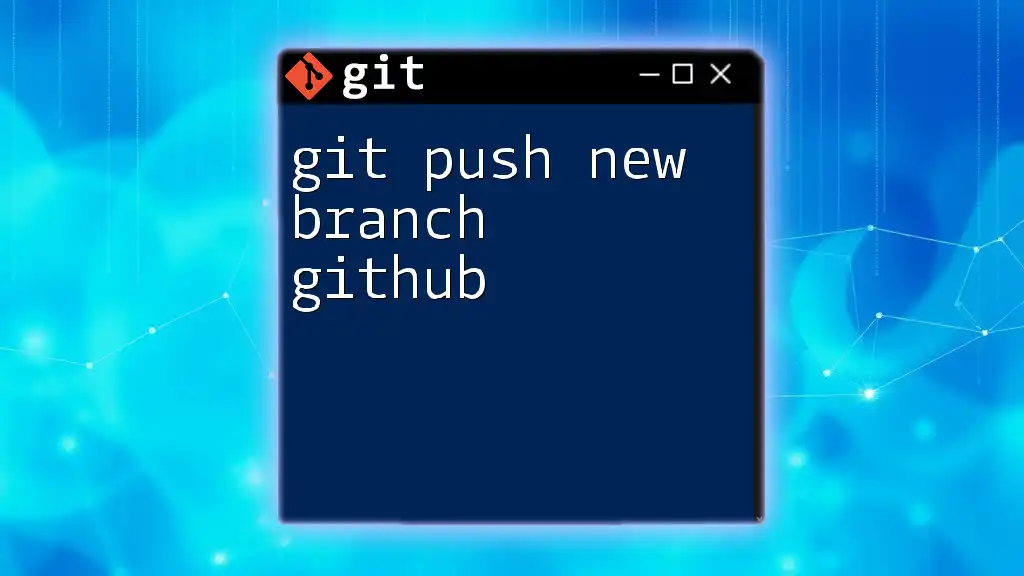
The `git push` Command Explained
Understanding the `push` Command
The `push` command in Git is how you upload your local commits to a remote repository. By default, it does not set an upstream relationship. This means that after pushing, if you attempt to push again, Git may require additional arguments to determine where your changes should go.
Setting Upstream Tracking with `-u`
The `-u` option is particularly useful as it establishes an upstream branch for easy synchronization in the future. This means that after you use `git push -u`, you can simply use `git push` or `git pull` in the future without having to specify the branch name each time.
Consider the code snippet:
git push -u origin new-feature
In this command:
- `origin` refers to the default name given to your remote repository.
- `new-feature` is the branch you're pushing.
After executing this command, your local `new-feature` branch is linked to its tracking branch on the remote repository, making future interactions simpler.
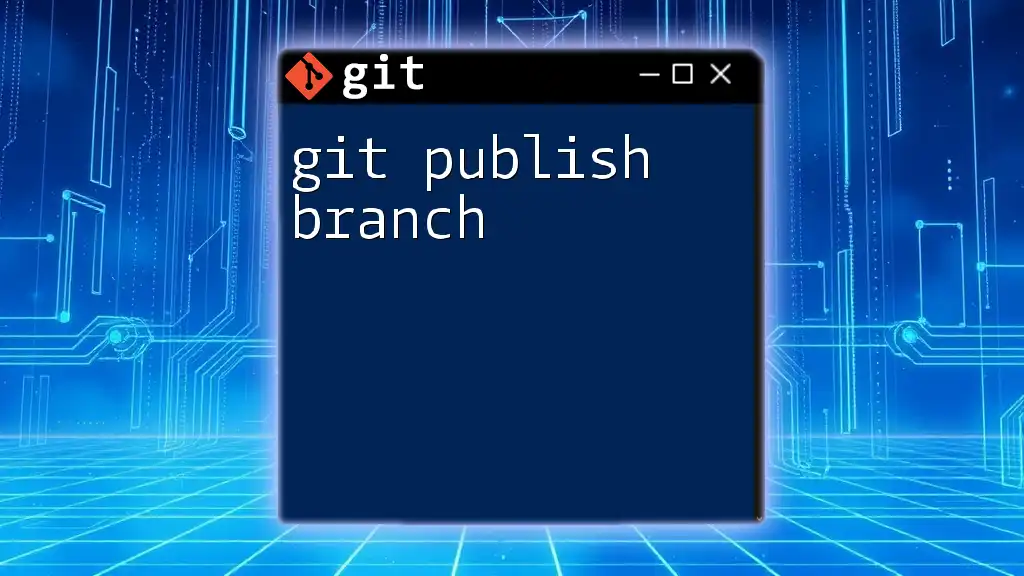
Step-by-Step Guide to Using `git push -u branch`
Step 1: Create a New Branch Locally
First, you’ll want to create a new branch where you can work on your features or changes:
git checkout -b my-branch
This command creates a new branch named `my-branch` and checks it out, allowing work to commence on this isolated environment.
Step 2: Make Changes and Commit
After making modifications to your files, you need to stage and commit your changes. This can be done using:
git add .
git commit -m "Add new feature"
- The `git add .` command stages all changed files for commit.
- `git commit -m "Add new feature"` creates a commit with a message describing the changes.
Step 3: Push the Branch with Upstream Flag
Now that you have committed your changes, it’s time to push your new branch to the remote repository:
git push -u origin my-branch
Upon successful execution, Git will upload your local branch `my-branch` to the remote repository while also establishing an upstream relationship. The expected output will confirm the push and display the branch's remote URL.
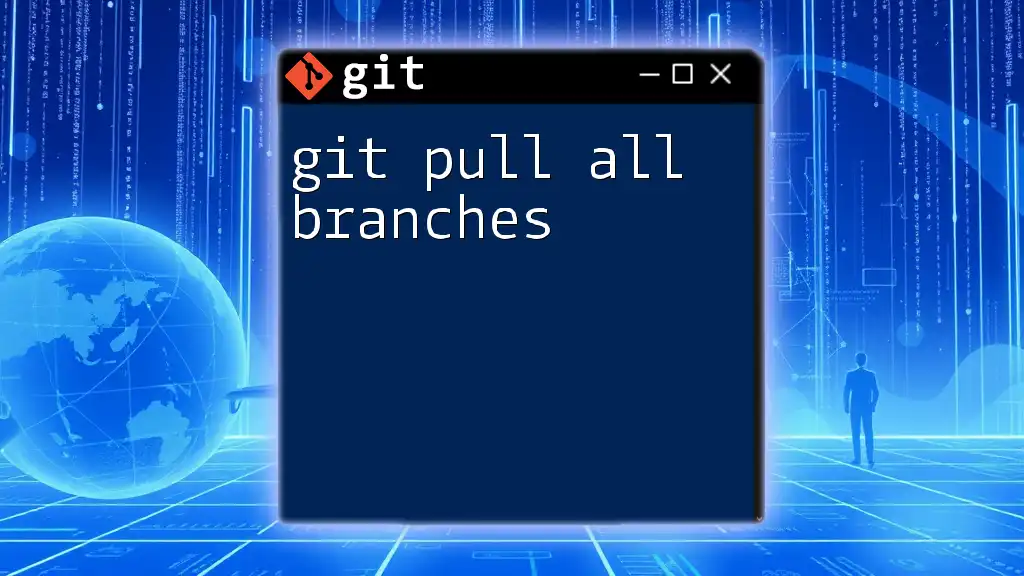
Common Use Cases for `git push -u`
Collaborating on a Team Project
Setting the upstream with `git push -u` becomes vital when working with a team. It ensures that all team members can easily synchronize their local branches with the remote repository without constantly having to specify where to push changes.
Contributing to Open Source Projects
When contributing to open-source projects, you'll often fork a repository and create a feature branch. Using `git push -u` allows you to seamlessly upload your changes to your forked repository and subsequently submit pull requests with minimal friction.
Working with CI/CD Pipelines
In modern software development, Continuous Integration and Continuous Deployment (CI/CD) workflows often rely on Git for automation. Using `git push -u` can automatically trigger these pipelines, enabling smooth transitions from development to production environments.
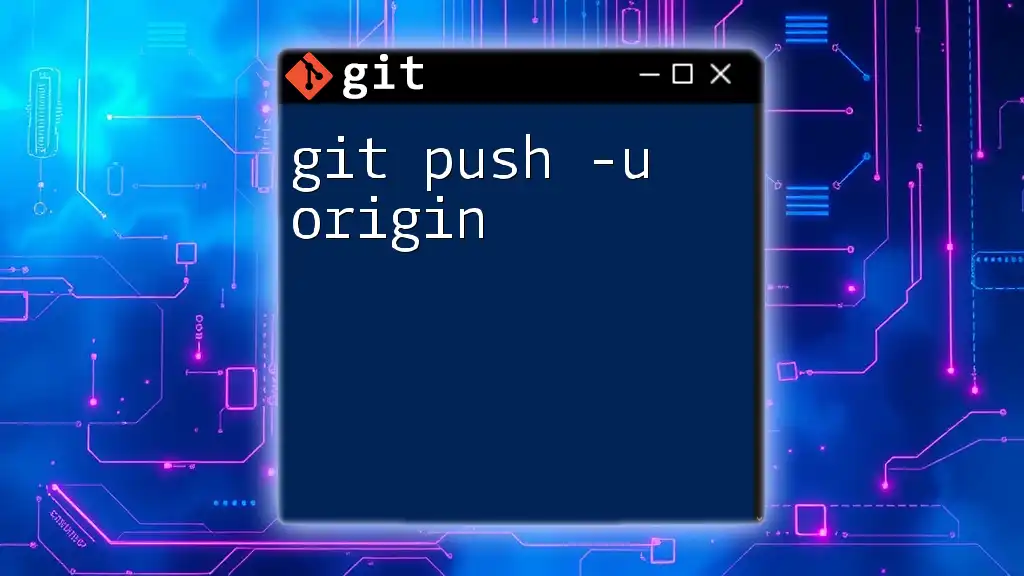
Troubleshooting Common Issues
Error Messages and Their Solutions
When using `git push -u branch`, you might encounter some common errors:
-
"fatal: The upstream branch 'origin/my-branch' does not match your current branch." This error typically means that there's a mismatch between your local branch and the upstream branch. To resolve this, ensure you are pushing to the correct branch or setting a new upstream branch.
-
"error: failed to push some refs to 'origin'" This can happen if someone else has pushed changes to the remote branch that you are trying to push. Resolve this by first pulling those changes, merging as needed, and then trying to push again.
Best Practices for Branch Management
Managing your branches effectively will save you trouble down the road. Here are a few tips:
- Adopt consistent naming conventions for your branches (e.g., `feature/`, `bugfix/`) to clarify the purpose of each branch.
- Regularly pull changes from the remote branch to stay updated and avoid conflicts.
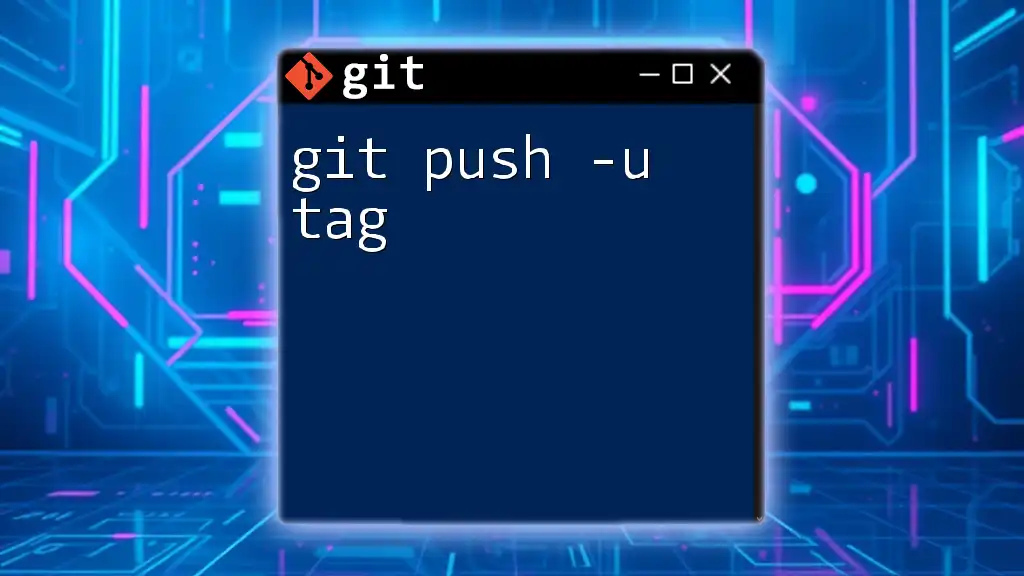
Conclusion
The `git push -u branch` command is a fundamental aspect of efficient Git usage for managing remote repositories. By understanding how to use this command effectively, you can enhance collaboration and streamline your version control workflow. As you practice using it, you'll find that Git provides a robust framework for handling your development needs.
Remember, the more comfortable you become with `git push -u`, the more efficient your teamwork and individual processes will be in software development. Explore more Git commands and leverage them to optimize your workflow. Happy coding!

Additional Resources
For further learning, refer to the official Git documentation, explore recommended Git tutorials, and engage with community forums or online repositories. These resources will deepen your understanding and enhance your skills as you master Git commands.

